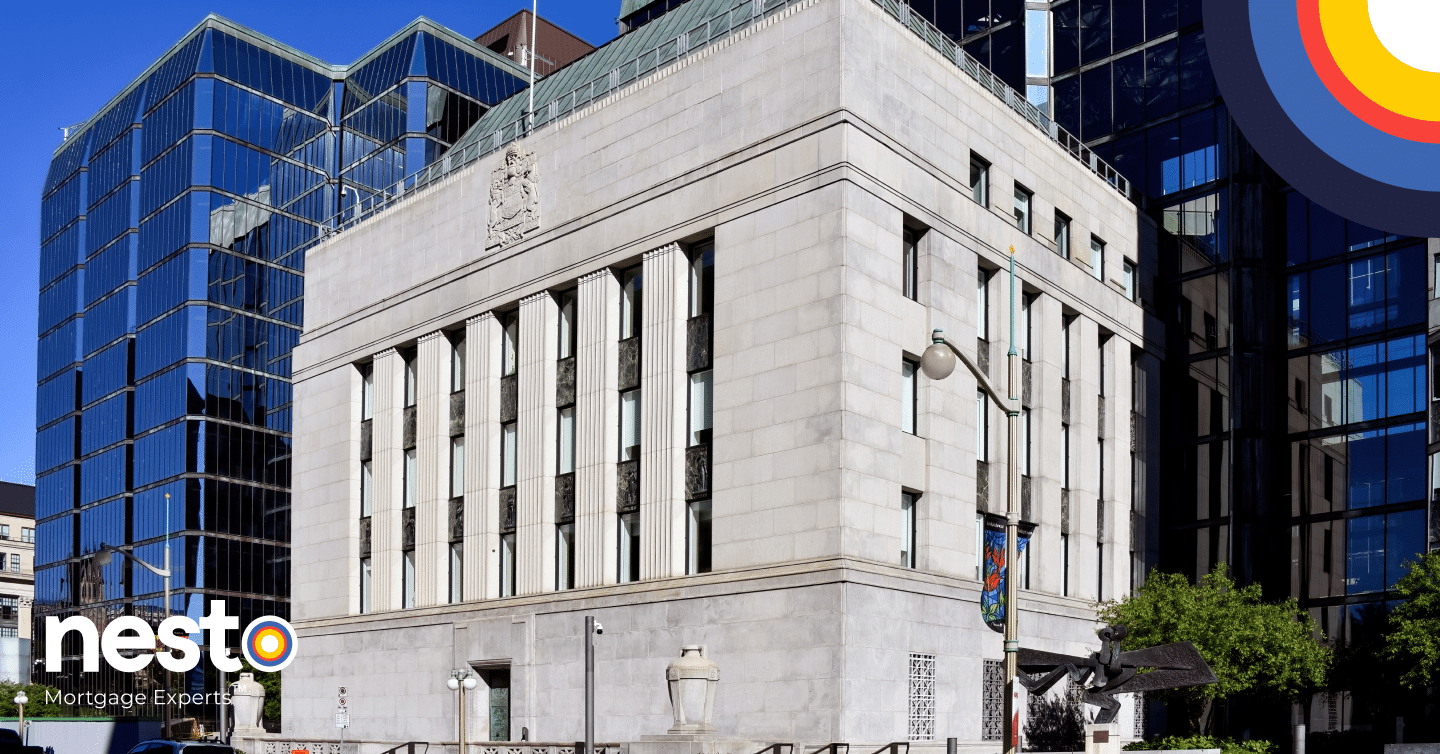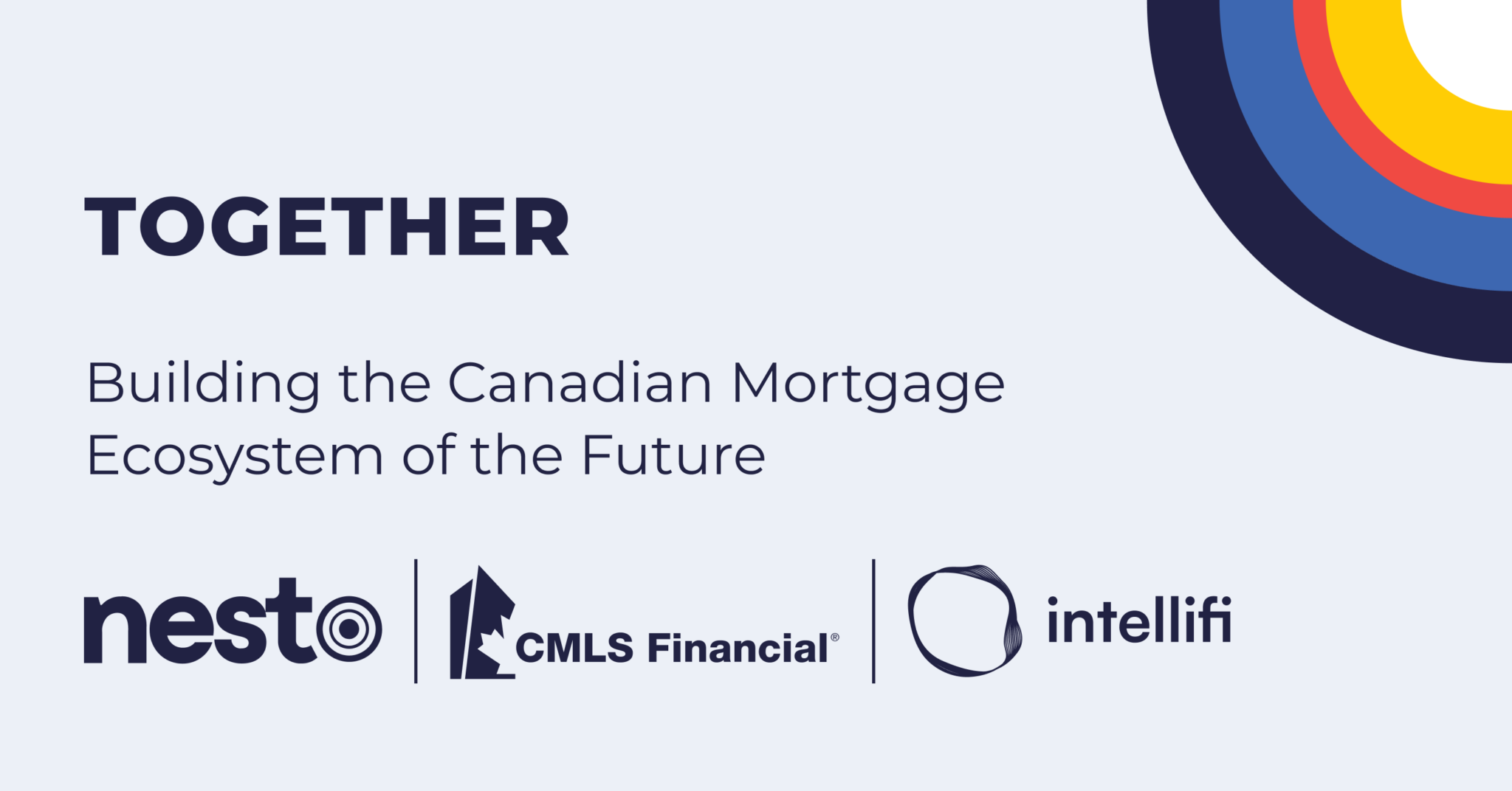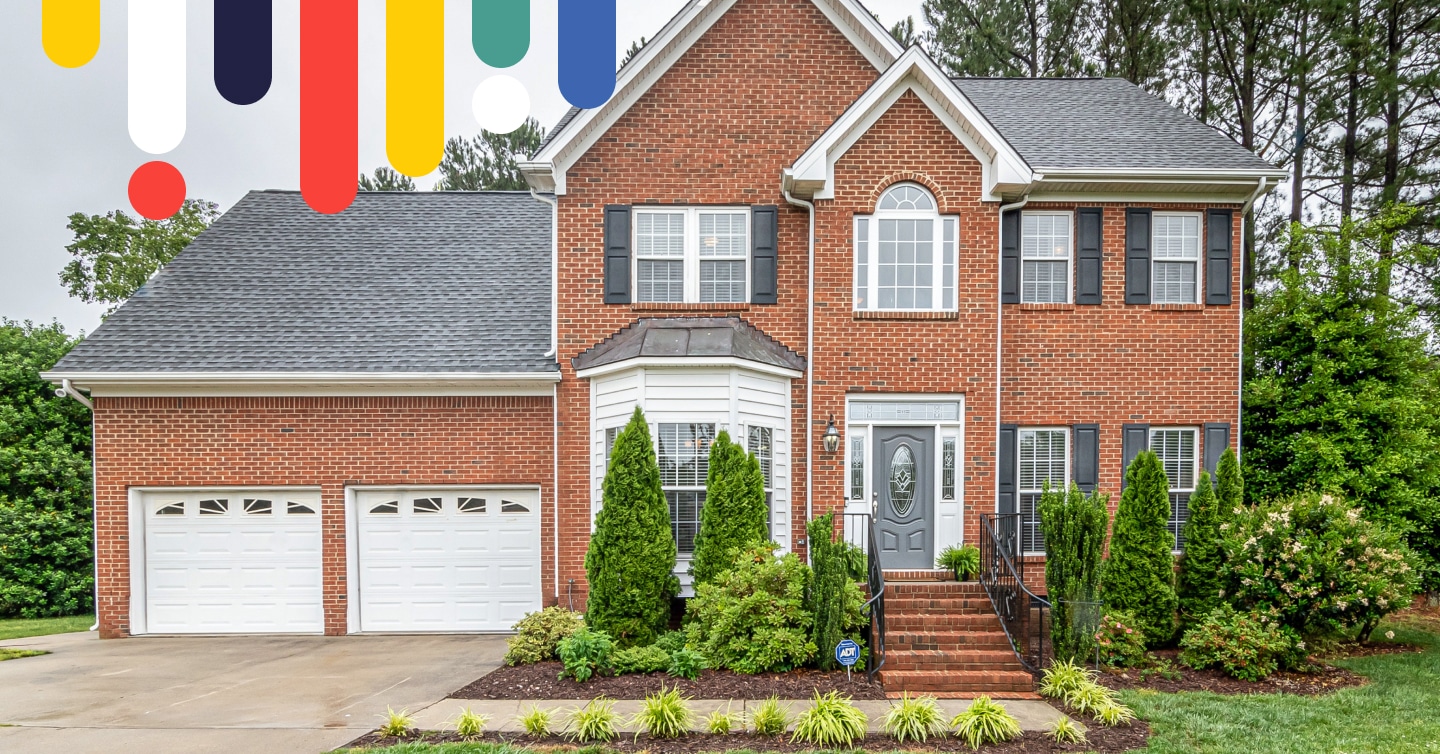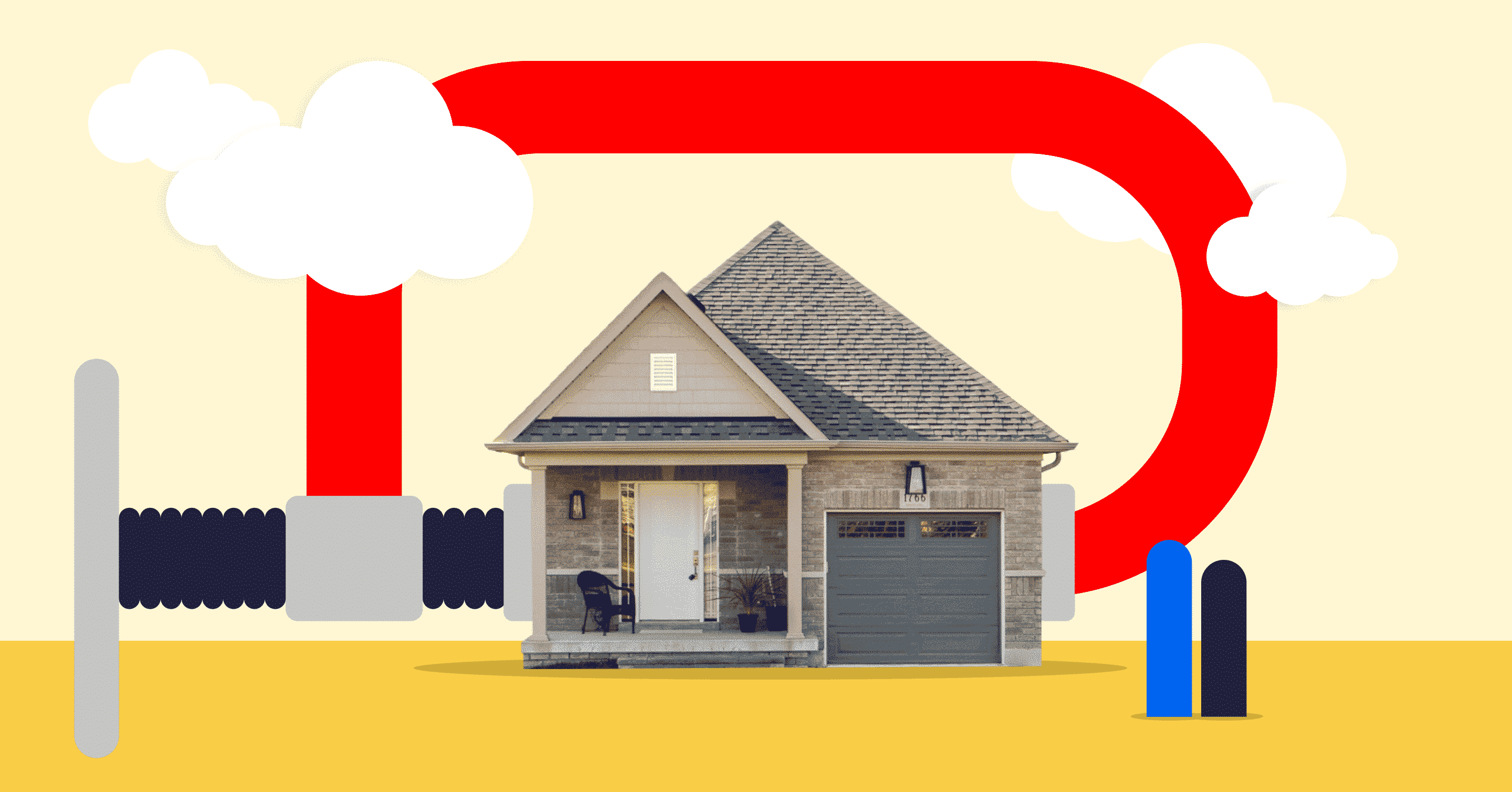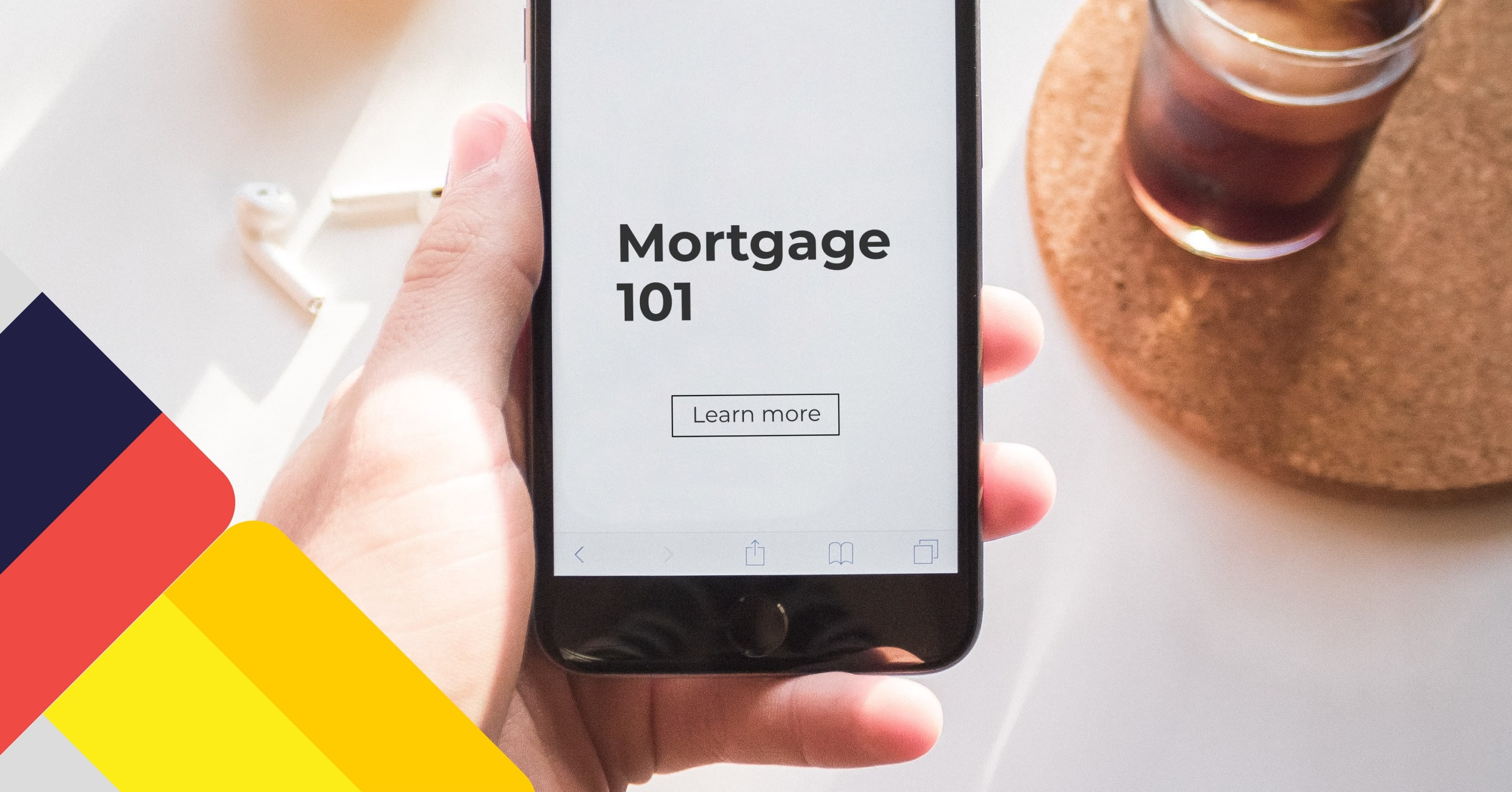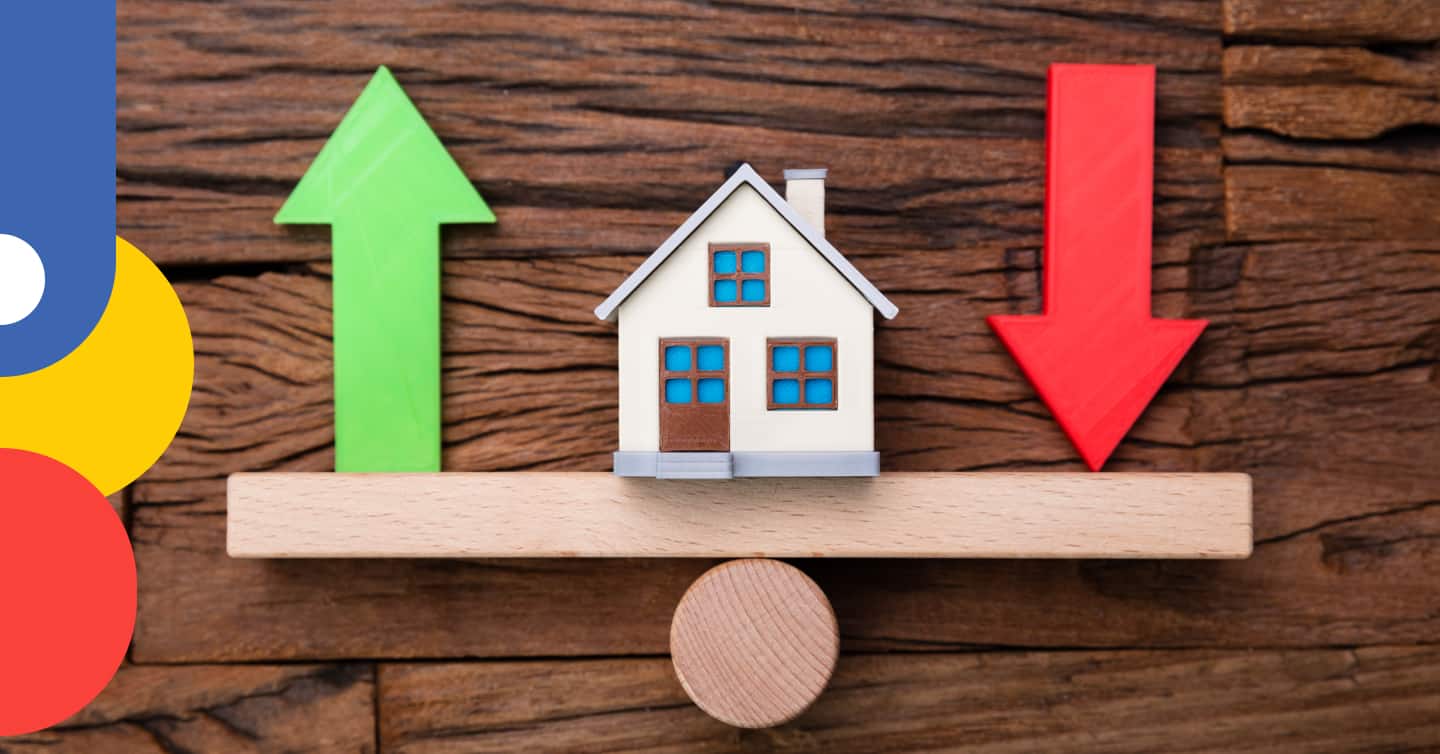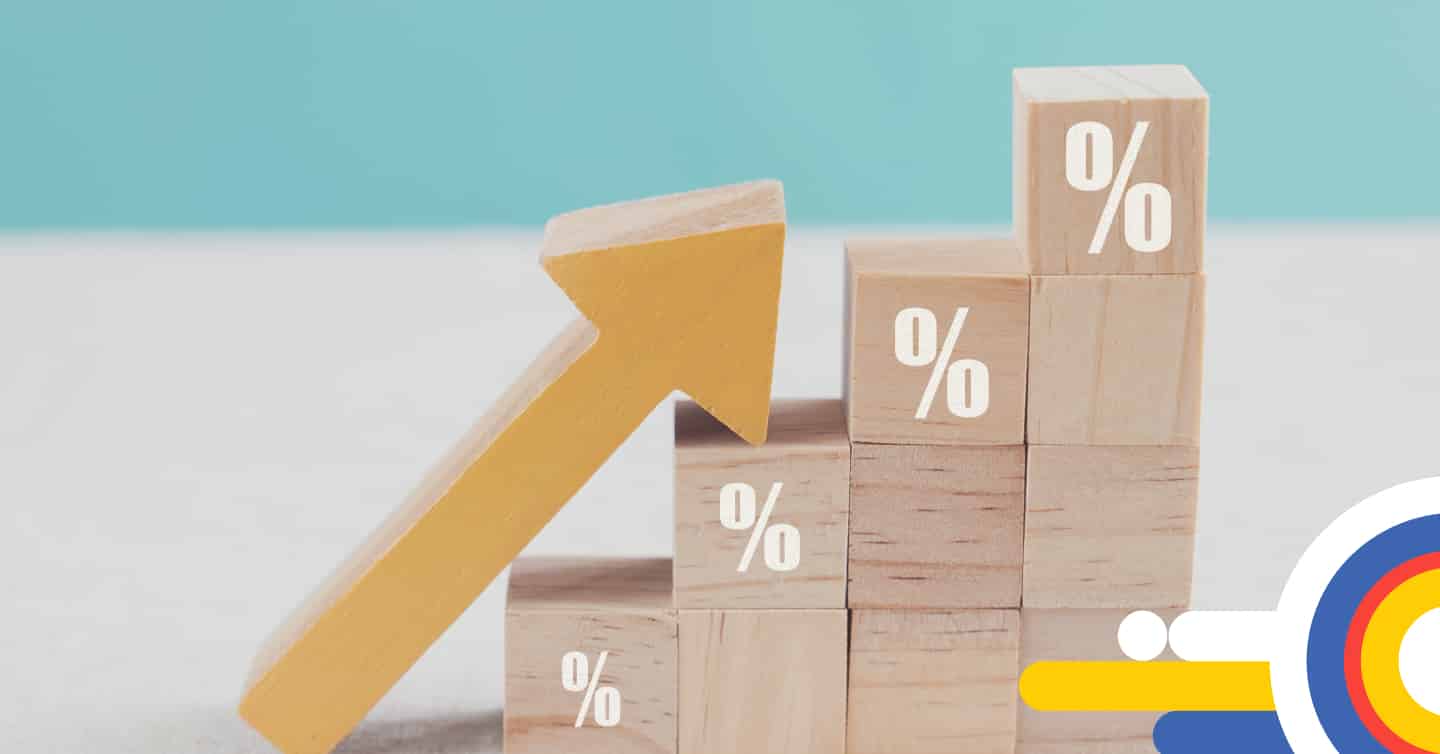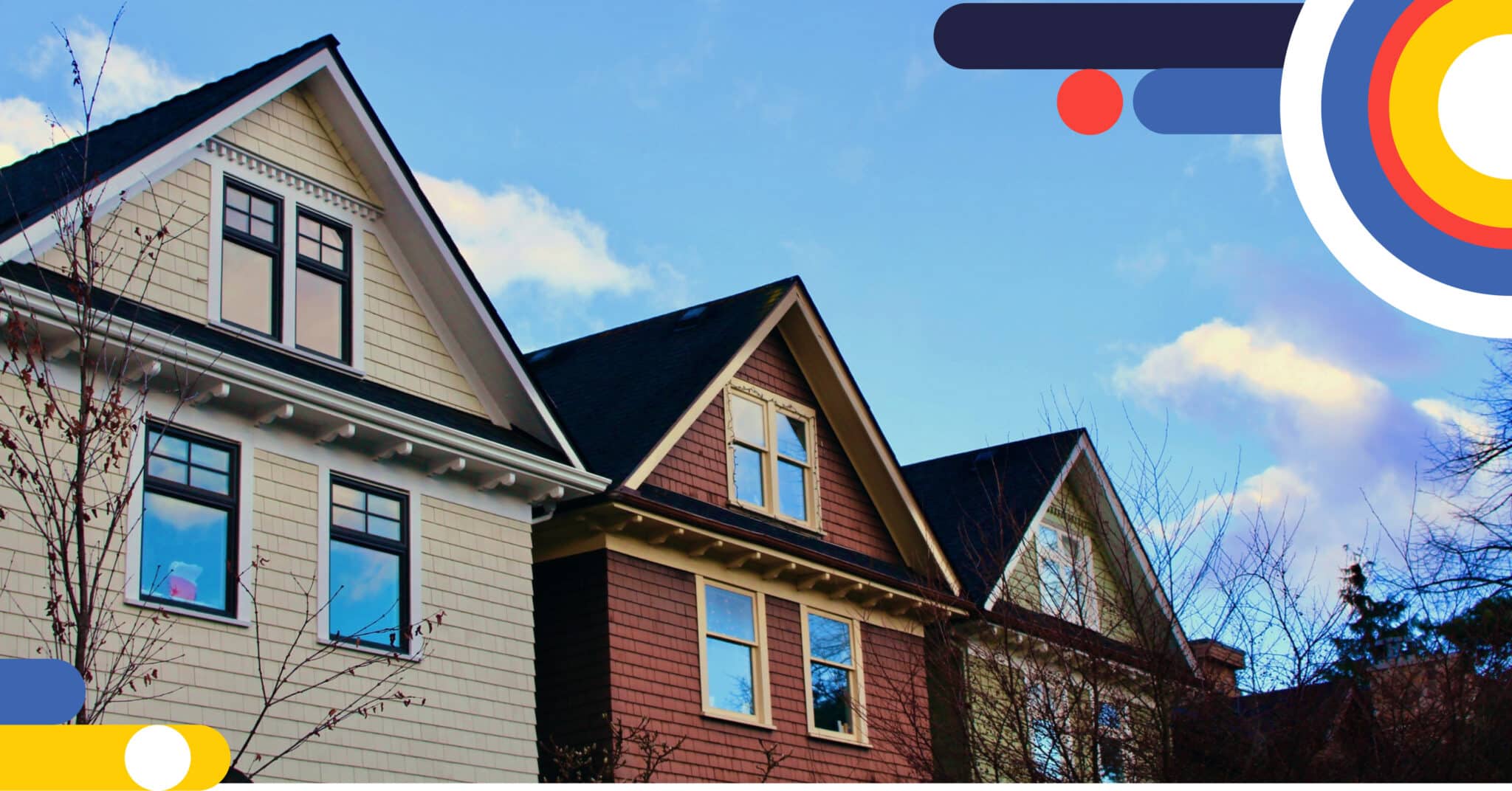Renewal and Refinancing #Mortgage Basics
Renewal and Refinancing #Mortgage Basics
How to Refinance Your Mortgage in Canada
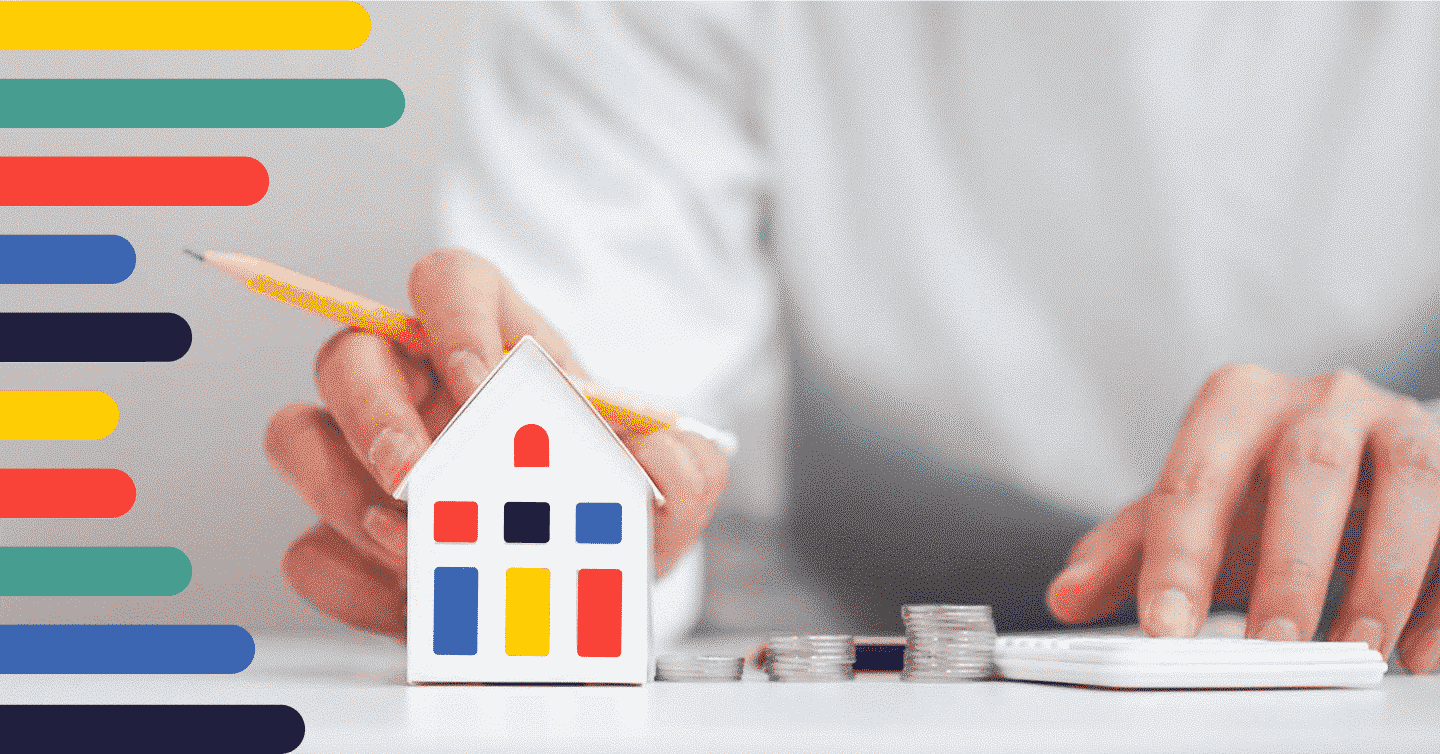
Table of contents
With an ever-evolving Canadian economy and fluctuations in interest rates, understanding how to refinance your mortgage couldn’t be more timely. Refinancing is often best understood as buying time or money, depending on your financial goals. It typically involves replacing your existing mortgage with a new one, often done to access equity, secure a better rate or terms.
Regardless of why you’re interested in refinancing your mortgage, this guide will help you understand the process and costs involved and weigh them against the potential benefits for your financial situation.
Key Takeaways
- Borrowers refinance to take advantage of lower interest rates, access equity, or for more favourable terms and conditions.
- Depending on your current mortgage, refinancing may mean you incur a prepayment penalty for breaking your mortgage early.
- Some alternatives to refinancing may be more suitable depending on your situation.
What Is a Mortgage Refinance?
Refinancing involves breaking your current mortgage and replacing it with a new one or simply swapping it for a new one that better suits your financial needs. There are several reasons why you might consider refinancing your mortgage. The most popular ones include accessing the equity in your home to consolidate high-interest debt, fund renovations, purchase another property, access a better interest rate, or extend your amortization to lower your payment.
A refinance can also apply if you own your home outright and want to take out a new mortgage against the property. This process is still commonly referred to as a home refinance, even though you don’t have a current mortgage to replace.
Reasons to Refinance
There are several reasons homeowners consider refinancing their mortgages. They include:
Get a Lower Interest Rate
One of the most common reasons to refinance is to secure a lower interest rate, which can directly reduce monthly mortgage payments and save money over the life of the loan. Even a small rate drop can result in significant long-term savings, especially in today’s volatile interest rate environment. Often, the new lower rate could save you more money over time, even when factoring in the cost of paying a penalty to break your current mortgage contract early.
Switch from a Variable-Rate to Fixed-Rate Mortgage
Some homeowners also refinance to switch from a variable-rate mortgage (VRM) to a fixed-rate mortgage. This is only a refinance if your mortgage is negatively amortized; otherwise, it’s an early renewal or conversion. This change provides more stability and predictability, especially if rates continue to rise.
Increase Amortization
Refinancing can also help adjust your mortgage term to better suit your financial goals. Shortening the loan term from 20 to 15 years can help you become mortgage-free faster and save on interest, but it doesn’t require a refinance.
However, lengthening your amortization requires a mortgage refinance, which can help lower monthly payments and ease cash flow during financially tighter periods. Keep in mind that the longer you extend your amortization, the higher the interest-carrying cost over the life of the mortgage.
Access Equity
Another common reason to refinance is to tap into your home equity through a cash-out refinance, better known as an equity take-out (ETO). This allows you to access funds for major expenses like renovations, debt consolidation, or investments. In a healthy housing market, your equity increases as you pay your mortgage. If you decide to access some of the equity in your property, refinancing is a valuable way of doing so.
With refinancing, you can access some or all of the built-up equity in your home and then use that money toward home renovations, purchasing another home, your child’s education, starting a business, or any other purpose.
Consolidate Debt
Generally, mortgages have lower interest rates than other forms of debt, like credit cards, unsecured loans, or second mortgages. A popular reason to refinance is to use some of the equity in your home to consolidate and pay off higher-interest debts. That way, you’ll only have one lower-interest monthly payment rather than multiple high-interest debt payments each month, saving you money and simplifying your finances in the long run.
What Is Equity and Loan-To-Value (LTV) Ratio?
Lenders set borrowing amounts based on your loan-to-value (LTV) ratio. The more equity you have in your home, the lower your LTV.
Borrowers often refinance once they’ve built up a substantial amount of equity. Your equity can be accessed through a lump sum equity take-out in cash that a new mortgage would provide (typically up to 80% of the home’s appraised value).
For example, if your home is worth $500,000 and you have $250,000 remaining, refinancing with a new mortgage could let you borrow up to $400,000. This means you could access $150,000 as an equity take-out when refinancing your mortgage.
In this example, you would use $250,000 of the $400,000 to pay off your existing mortgage, leaving you with $150,000 in cash to use as needed and a new $400,000 mortgage to pay off.
Costs of Refinancing
Refinancing your mortgage comes with a cost. Since refinancing means you are likely breaking your mortgage early, it will involve a prepayment penalty. Depending on your mortgage type, your prepayment penalty will be either 3 months’ interest or an interest rate differential (IRD), whichever is higher.
Even if you refinance when your renewal is due and do not break your term early, you will still need to pay legal fees, a home appraisal, and other fees. Switching lenders, for example, will likely mean you incur a mortgage discharge fee, which covers replacing your old lender from your property title with the new one.
| Mortgage Refinancing Costs | |
| Fee Type | Cost |
| Prepayment Penalty |
Refinance before the term ends: This will depend on your lender, but is typically the highest of either 3 months of interest or the IRD. Refinance at renewal: None |
| Mortgage Discharge Fee | $250 – $400 (depending on your lender and mortgage charge registration) |
| Mortgage Registration Fee | $50 – $150 (depending on your province) |
| Home Appraisal | $300 – $500 (fee range depends on your property’s location, the available number of assessors, travelling distance to the property from the assessor’s office, type of home, and type of appraisal) |
| Legal Fees | $750 – $1,500 (potentially more if there is a change of covenant, adding or removing someone from the title) |
High interest rates got you stressed?
Find your low rate refinance with nesto today
When Does Refinancing for a Lower Rate Make Sense?
Refinancing your mortgage can be a smart financial move, but the timing matters. Calculating your break-even point is the easiest way to determine if refinancing makes sense if your goal is to obtain a lower rate. This is the point at which the savings from a lower monthly payment outweigh the upfront refinancing costs, such as prepayment penalties, legal fees, appraisal, etc. Refinancing can make sense if you plan to stay in your home well beyond the break-even point.
To calculate, divide the total refinancing costs by the monthly savings you’ll realize. The result is the number of months it will take for you to recoup the initial costs to refinance and start to realize cost savings.
For example, say you want to refinance your mortgage for a lower rate. You have 2.5 years remaining on a 5-year term, $250,000 remaining on the mortgage and 15 years remaining on your amortization.
You currently pay $2,002.27 monthly as your mortgage payment with an interest rate of 5.25%. Interest rates have since fallen to 3.94% for a 5-year term, which could bring your monthly payments down to $1,837.72.
To calculate the break-even point, we used estimated refinancing costs at the lower end of all fees you may be required to pay and an IRD penalty calculation.
- Refinancing Costs: $1,350 (fees) + $3,812.50 (IRD) = $5,162.50
- Monthly Savings: $2,002.27 – $1,837.72 = $164.55
- Break-Even Point: $5,162.50 / $164.55 = 31.4 months or 2.6 years
If you refinance, you will realize cost savings over the second half of the mortgage term. However, if you plan to sell or do anything else with your mortgage before this point, the upfront costs might not be worth it. Take time to run the numbers and speak with a mortgage expert who can help you determine if a refinance makes sense.
How to Use a Mortgage Refinance Calculator
Our mortgage refinance calculator is a great way to weigh whether a refinance is worth breaking your mortgage early and paying a prepayment penalty.
Simply input what you want from a refinance: lower payments, access equity, or change amortization, the amount remaining on your current mortgage and the value of your home.
Our calculator will help you understand the rates available, given your remaining balance and how much equity you can access.
How to Refinance Your Mortgage
Refinancing involves breaking your current mortgage and applying for a new one. You must apply for the mortgage as you did for your original loan. Here’s an overview of what the refinancing process looks like:
Check Whether a Refinance Makes Sense for You
Weigh your refinancing costs against the benefits of potentially getting a lower rate or accessing equity. Consider why you want to refinance and check whether it makes financial sense right now or is worth exploring other alternatives that could be more cost-effective.
Shop and Compare Rates
Once you’re ready to refinance your mortgage, compare mortgage rates and find the one right for you. This could mean sticking with the same lender or moving to a new one. Compare rates and terms to ensure you choose the option best suited to your unique needs and circumstances.
Apply for Your New Mortgage
Once you’ve found what you’re looking for, you must apply for a new mortgage. This process will be similar to that for your original mortgage and involves your chosen lender assessing your finances by looking at your employment, income, and credit.
Once your mortgage application is tentatively approved, your lender will also need to arrange a home appraisal to determine the value of your property in the current market and complete a mortgage stress test. This is designed to see whether you can keep up with your mortgage payments if interest rates increase. All federally regulated lenders must perform a stress test for refinances.
Alternatives to Refinancing Your Mortgage in Canada
If you’ve determined that a refinance doesn’t make sense for your situation, there are a few alternatives that you can explore.
Renew Your Mortgage
If you don’t think the costs of breaking your term early are worth it for a refinance, you may simply want to wait until it’s time to renew your mortgage.
Blend & Extend
With a blended mortgage, you combine one mortgage rate with another and create a weighted average based on rates and balances between the two. If the cost of refinancing for a new interest rate outweighs the savings, a blended mortgage could be a more cost-effective alternative.
A blend-and-extend mortgage involves combining your current mortgage rate with another and extending the length of your term. Depending on your lender, concurrently, you may be able to return to your original amortization if you have a collateral charge mortgage without refinancing.
Restructure Your Mortgage
Restructuring, typically available on collateral charge mortgages, allows you to take your current mortgage and change the terms to make payments more affordable. You can do this by restructuring to a lower interest rate, extending your term, splitting your mortgage into two separate ones, combining a HELOC balance into a mortgage, or extending your amortization. Depending on your lender, restructuring your mortgage may or may not be an ideal option for your situation.
Get a Second Mortgage
A second mortgage is taken out on top of your primary mortgage, typically at a different lender. Generally, second mortgages have higher interest rates than a HELOC or mortgage refinance and are secured against the equity in your home. This will not affect the terms of your first mortgage. Setting up a second mortgage behind your first-position mortgage is another way to access your equity without paying prepayment penalties or fees to discharge your first mortgage.
However, your first mortgage lender must agree to a second mortgage behind them, and you’ll need permission from both lenders if your first and second mortgages are collateralized through different lenders. Second mortgages are a fairly popular way to access equity for debt consolidation or home improvements.
A second mortgage can be set up as a HELOC or a term loan (mortgage). If you combine both mortgages or switch lenders in the future, there will be additional costs to discharge the two different mortgages.
Frequently Asked Questions (FAQ) on Mortgage Refinances in Canada
How much will it cost to refinance my mortgage?
The cost to refinance will depend on how much of your original mortgage term remains, whether you are switching lenders, and the cost of other fees required. Depending on your penalty, appraisal and discharge fees, you could pay anywhere from a few hundred to thousands of dollars.
What options do I have if the cost to refinance exceeds potential savings?
If a refinance doesn’t make sense for your situation, a few options could work, depending on your reason for refinancing. It’s important to note that these alternatives may still come with additional fees and penalties, so it’s essential to understand the total cost involved in each option before proceeding.
If you can wait until your mortgage comes up for renewal, this would help you avoid prepayment penalties. If affordability is the reason for refinancing, you could blend and extend or restructure your mortgage. If you want to access the equity in your home, then a second mortgage could be a viable solution.
Will refinancing negatively affect my credit score?
As with all mortgage approvals, a refinance will require a hard credit check. Hard credit checks do reduce your credit score in the short term. However, once your replacement mortgage is in place and you make your payments on time, your credit score should increase again.
Final Thoughts
Refinancing involves breaking your mortgage term and obtaining a new one. It can be a great strategy to access your home’s equity or find a lower interest rate. However, refinancing costs may outweigh any benefits depending on your lender, mortgage terms, and the time left on your current mortgage. Refinancing can still be worthwhile if you want a new mortgage that is more aligned with your current needs.
Are you considering a refinance? Speak to one of nesto’s experienced mortgage experts. They can help you weigh the pros and cons and complete a savings cost analysis to determine if a refinance is right for your mortgage strategy.
Why Choose nesto
At nesto, our commission-free mortgage experts, certified in multiple provinces, provide exceptional advice and service that exceeds industry standards. Our mortgage experts are non-commissioned, salaried employees who provide impartial guidance on mortgage options tailored to your needs and are evaluated based on client satisfaction and advice quality. nesto aims to transform the mortgage industry by providing honest advice and competitive rates using a 100% fully digital, transparent, seamless process.
nesto is on a mission to offer a positive, empowering and transparent property financing experience – simplified from start to finish.
Contact our licensed and knowledgeable mortgage experts to find your best mortgage rate in Canada.
Ready to get started?
In just a few clicks, you can see our current rates. Then apply for your mortgage online in minutes!
in this series Mortgage Refinance
- removing cosigner canada next read
- How to Refinance Your Mortgage currently reading
- When is it a Good Idea to Refinance Your Mortgage? next read
- Should I Switch Mortgage Providers? next read
- Refinancing to Consolidate Debt next read
- Cash-Out Refinance in Canada: How to Unlock Your Home’s Equity next read

